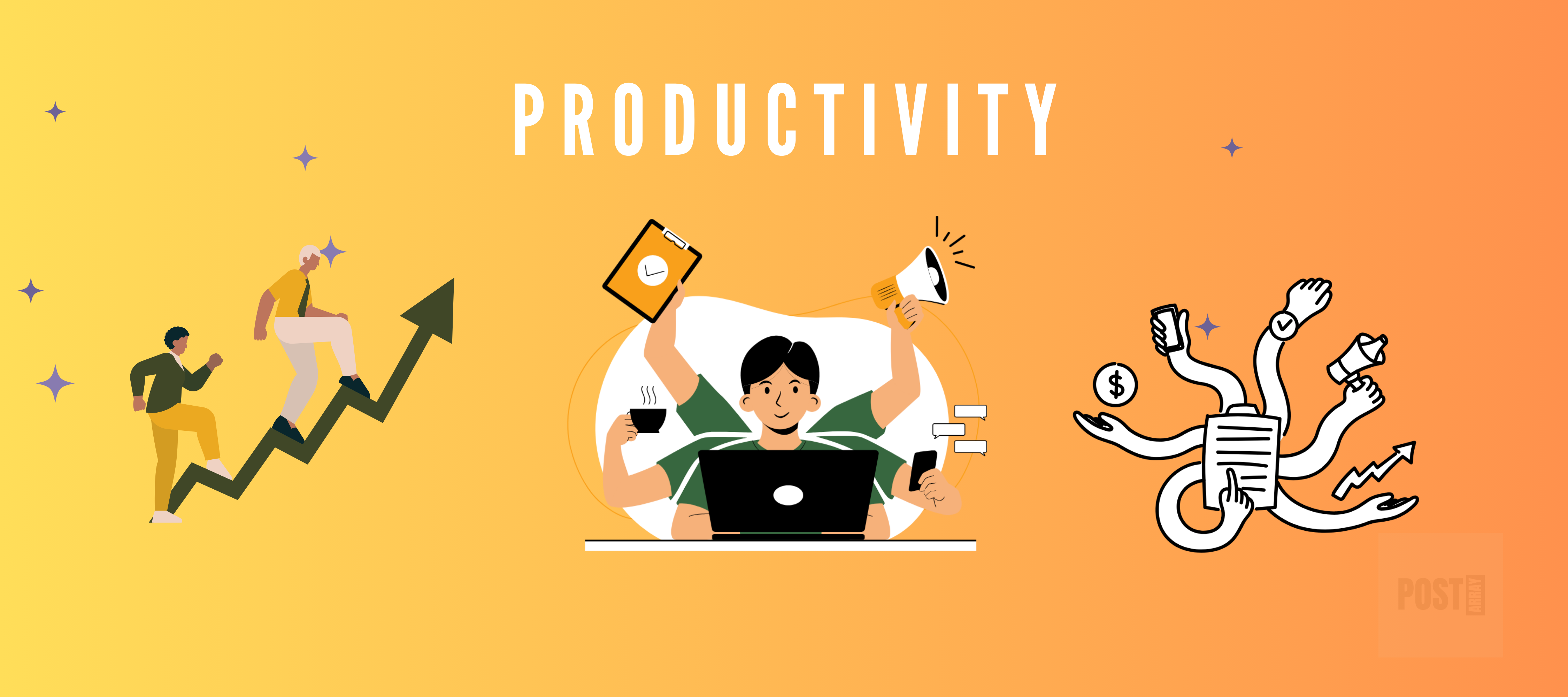In today’s fast-paced world, productivity has become a key factor in personal and professional success. Whether you’re working from home, managing a business, or balancing multiple responsibilities, developing a daily routine for productivity can be the game-changer you need. A well-structured routine not only helps you stay organized but also ensures that you make the most of your time. In this article, we’ll explore the benefits of a daily routine, provide practical tips on how to create one, and discuss how sticking to a routine can lead to increased productivity.
Why a Daily Routine Matters for Productivity
A daily routine sets the foundation for a productive day by creating structure and consistency. When you have a clear plan for your day, you reduce the time spent deciding what to do next and minimize procrastination. Routines help in automating decision-making, freeing up mental energy for more important tasks.
Moreover, a daily routine helps in establishing habits that align with your goals. For instance, if your goal is to improve your physical health, incorporating exercise into your routine ensures that it becomes a regular part of your life. Similarly, if you aim to boost your productivity at work, a structured routine can help you focus on high-priority tasks, leading to better results.
Steps to Develop a Daily Routine for Productivity
1. Identify Your Priorities
The first step in developing a daily routine is identifying your priorities. What tasks are most important to you? What activities contribute to your long-term goals? By answering these questions, you can determine which tasks should be included in your routine and which ones can be delegated or eliminated.
For example, if your priority is to advance in your career, you may want to allocate time for professional development, networking, and completing high-impact projects. On the other hand, if personal well-being is your focus, activities like exercise, meditation, and spending quality time with loved ones should be prioritized.
2. Time Blocking: Allocate Time for Each Task
Time blocking is a powerful technique that involves scheduling specific blocks of time for different tasks or activities. By assigning dedicated time slots for your tasks, you create a clear roadmap for your day, ensuring that each task receives the attention it deserves.
To implement time blocking, start by listing all the tasks you need to complete in a day. Then, estimate the time required for each task and allocate a specific time slot for it. For example, you might block 8:00 AM to 9:00 AM for your morning routine, 9:00 AM to 12:00 PM for work-related tasks, and 12:00 PM to 1:00 PM for lunch and relaxation.
Time blocking not only helps in managing your time more effectively but also reduces the likelihood of multitasking, which can hinder productivity.
3. Create a Morning Routine: Start Your Day Right
The way you start your day sets the tone for the rest of it. A well-structured morning routine can boost your energy levels, improve your focus, and set you up for a productive day. Consider incorporating activities that promote physical, mental, and emotional well-being.
For instance, starting your day with exercise can increase your energy levels and improve your mood. Following this with a healthy breakfast and some time for meditation or journaling can help clear your mind and set your intentions for the day.
A productive morning routine may include:
- Exercise: Even a short workout can boost your energy and mood.
- Healthy Breakfast: Fuel your body with nutritious food to maintain energy levels.
- Meditation/Journaling: Spend a few minutes reflecting on your goals and setting intentions for the day.
- Planning: Review your schedule and prioritize your tasks for the day.
4. Incorporate Breaks to Prevent Burnout
While it’s essential to stay focused and productive, it’s equally important to take breaks throughout the day. Breaks help prevent burnout, reduce stress, and maintain your overall well-being. Incorporating short breaks into your routine allows you to recharge and return to your tasks with renewed energy and focus.
The Pomodoro Technique, which involves working for 25 minutes followed by a 5-minute break, is a popular method for incorporating breaks into your routine. Longer breaks can be scheduled after completing more significant tasks or at specific times during the day.
5. End Your Day with Reflection: Review and Adjust
At the end of the day, take some time to reflect on what you accomplished. Reviewing your day allows you to assess your productivity, identify areas for improvement, and make adjustments to your routine as needed.
Consider asking yourself the following questions:
- Did I complete all my high-priority tasks?
- Were there any distractions that affected my productivity?
- What can I do differently tomorrow to improve my routine?
By regularly reviewing and adjusting your routine, you can ensure that it remains aligned with your goals and continues to support your productivity.
The Benefits of a Consistent Daily Routine
A consistent daily routine offers numerous benefits, including:
- Increased Focus and Concentration: A structured routine helps you stay focused on your tasks, reducing distractions and increasing productivity.
- Improved Time Management: By allocating specific time slots for your tasks, you can manage your time more effectively and ensure that important tasks are completed.
- Reduced Stress: A well-planned routine reduces the uncertainty and chaos that can lead to stress, allowing you to approach your day with confidence.
- Better Work-Life Balance: Incorporating personal time into your routine ensures that you have time for activities outside of work, promoting a healthier work-life balance.
- Habit Formation: Regularly following a routine helps in forming positive habits that support your long-term goals.
Common Challenges and How to Overcome Them
While developing a daily routine for productivity is highly beneficial, it can also be challenging. Common challenges include:
- Difficulty Sticking to the Routine: Life is unpredictable, and sticking to a routine can be difficult. To overcome this, be flexible and allow for adjustments as needed.
- Procrastination: Procrastination can derail even the best-laid plans. Combat this by breaking tasks into smaller, manageable steps and focusing on one task at a time.
- Overloading Your Schedule: It’s easy to overestimate what you can accomplish in a day. Avoid overloading your schedule by setting realistic goals and prioritizing your tasks.
Conclusion
Developing a daily routine for productivity is a powerful way to maximize your time and achieve your goals. By identifying your priorities, using time blocking, creating a morning routine, incorporating breaks, and reflecting on your day, you can create a routine that supports your productivity and overall well-being. Remember, the key to success is consistency—stick to your routine, make adjustments as needed, and watch your productivity soar.




